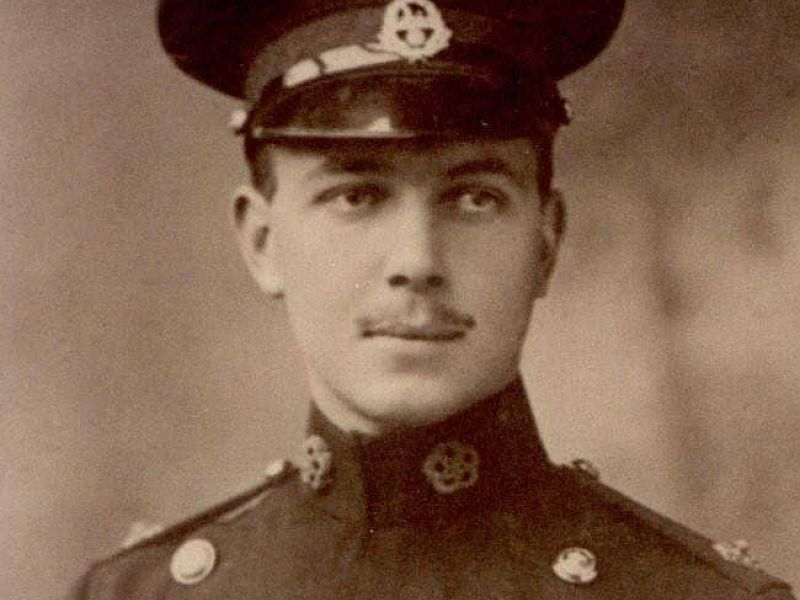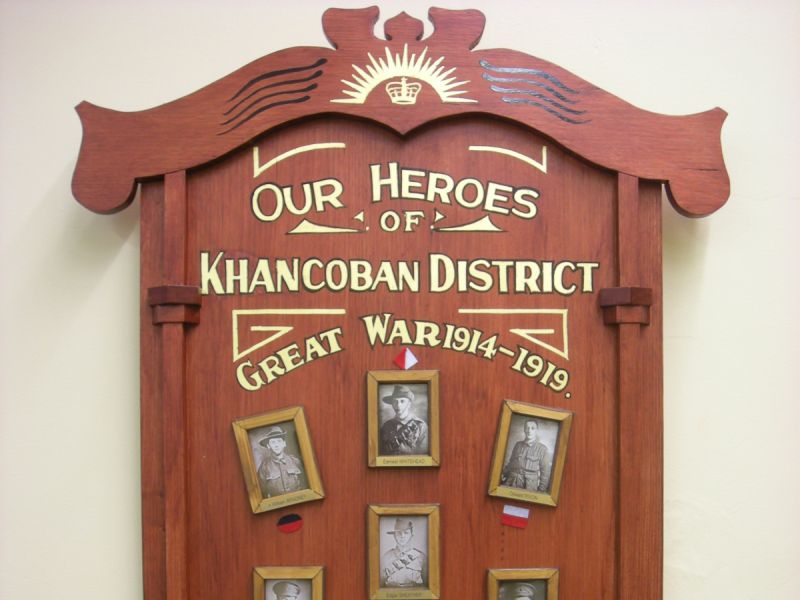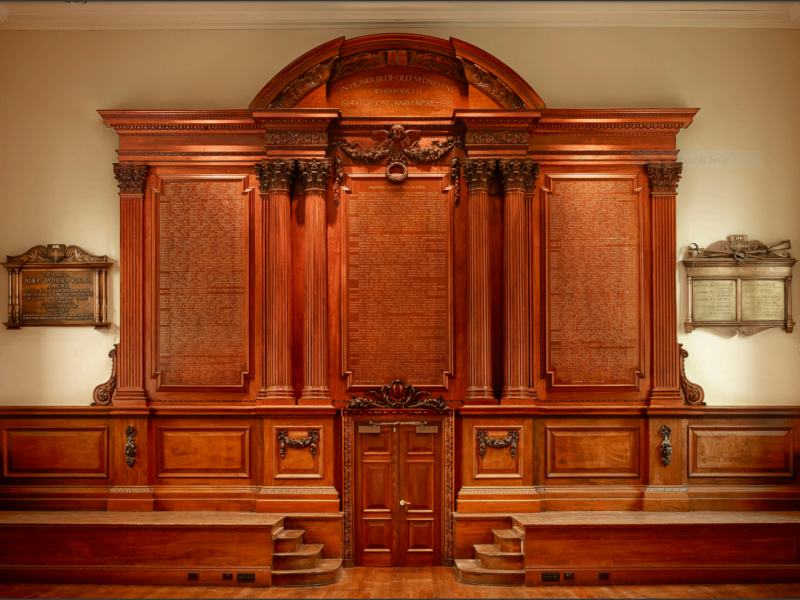William Malcolm Chisholm
In 2014, William Malcolm Chisholm was officially recognised by the Australian War Memorial as being the first Australian to be killed in the First World War. The reason it took so long for this recognition was that he had been serving with the 1st East Lancashire Regiment, a non-Australian regiment.
William, Malcolm as he was often referred to, was born on the 25th of February, 1892, at 139 Macquarie Street, Sydney. He was the eldest of three children to Dr William and Isabel (née Mitchell) Chisholm. Emma’s family owned and ran Bringenbrong Station and Malcolm would spend every holiday at Khancoban. His brother, Colin Chisholm, would later inherit Khancoban Station from his uncle, John Mitchell.
Malcolm was educated at Sydney Grammar where he was a Lieutenant in the 3rd Battalion Senior Cadets, and afterwards a Lieutenant in the Scottish Rifles, Sydney. The family moved to the UK in 1910, when Dr Chisholm obtained a position as a surgeon at a London Hospital. The following year Malcolm was accepted into the Royal Military College at Sandhurst, in England, and on passing out was gazetted to the East Lancashire Regiment in September of 1912. His promotion to Lieutenant came through in December of 1913. As a new Lieutenant in the British Army, Malcolm spent just eight months with the battalion at Sorraon Barracks in Colchester before embarking for France at the outbreak of war.
The 1st Battalion of the East Lancashires formed part of the 11th Infantry Brigade, 4th Division of the British Expeditionary Force. British and French troops were in the process of fighting a series of rearguard actions against the German Army, which was driving towards Paris. The British line between Ligny-en-Cambrésis and the town of Le Cateau was supposed to slow the German advance while the rest of the British forces took up positions south of the River Meuse. The East Lancashires detrained at le Cateau around 1700 hours on Tuesday the 25th of August (see photograph) and were in action by 0400 hours the following day.
On the 27th, Malcolm was hit by shrapnel in the stomach. Some of his men found him lying on the battlefield with severe shrapnel wounds to his stomach. He apparently told them to leave him as he was done for. Other records state that he said, “They’ve done for me all right. Let my people know that I died fighting like a soldier.” However, they made a stretcher out of their great coats and rifles and carried him to the local first aid station, where he died the following day. By this stage Ligny had been captured by the Germans. The Germans buried him with honour in the Ligny-en-Cambrésis Communal Cemetery and sent his sword, cap badge and wrist watch back to his mother in London via the Red Cross.
Malcolm’s family returned to Australia in 1919 after their second son, Colin, had sufficiently recovered from serious head wounds while serving with the 9th (Queen’s Royal) Lancers. When Emma died at the family home in Woollahra, in 1928, her ashes were taken to France and entombed in the Ligny-en-Cambrésis cemetery, just metres away from her son’s grave. Dr Chisholm donated £1000 to the village to assist the descendants of local soldiers killed during the war. The town’s people renamed the main road bisecting the village to Rue Chisholm in Malcolm’s honour.
Malcolm is remembered on the Australian War Memorial Roll of Honour, Sydney Grammar School WW1 Honour Board, and the Khancoban District Great War Honour Roll. For his service during the First World War, he was awarded the 1914-15 Star, the British War Medal and the Victory Medal.

 Stephen Learmonth
Stephen Learmonth
